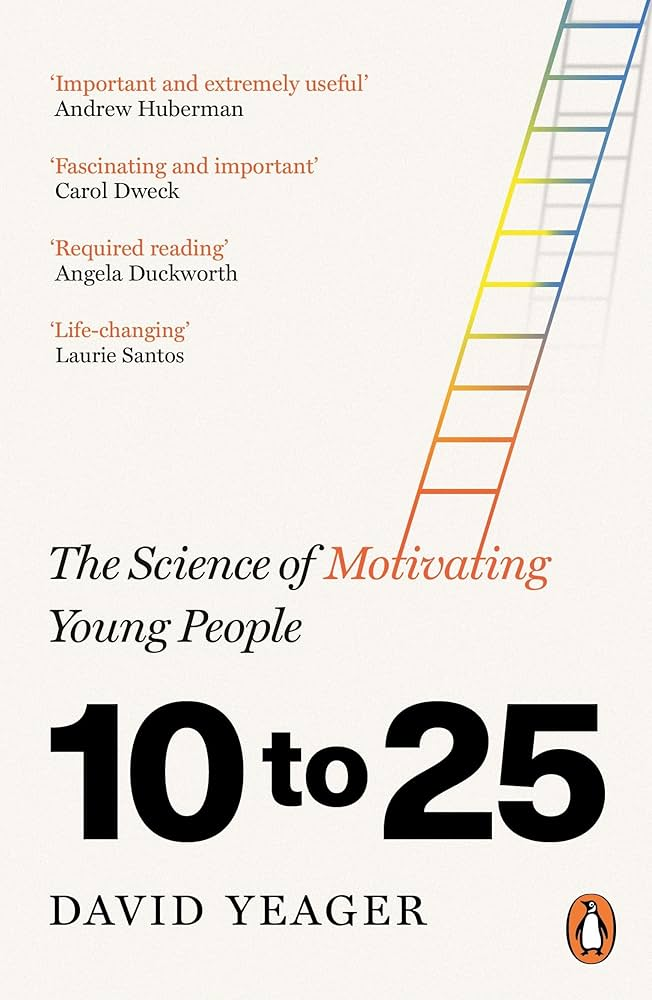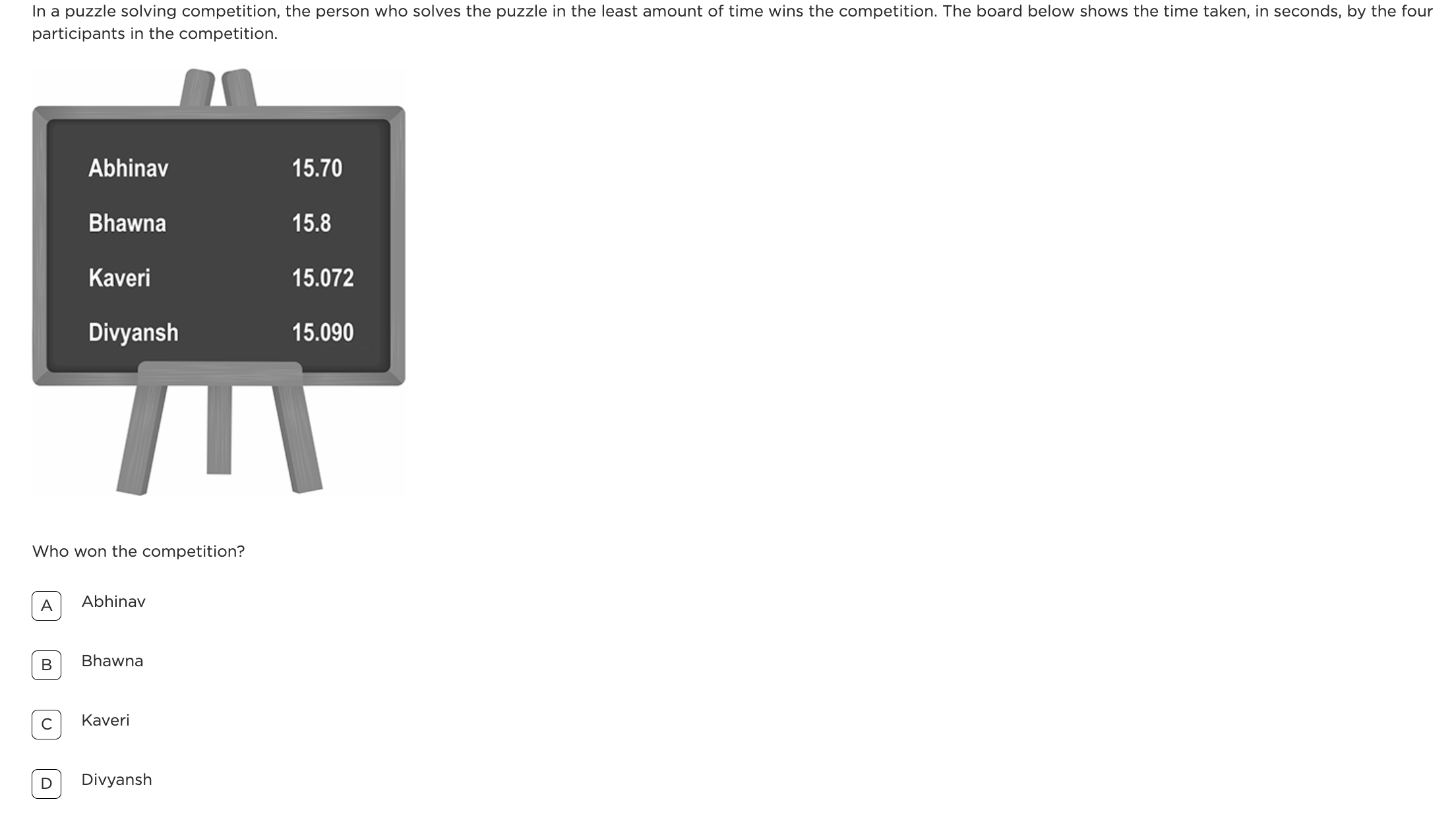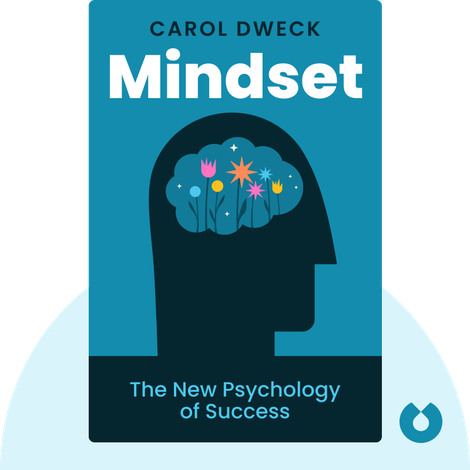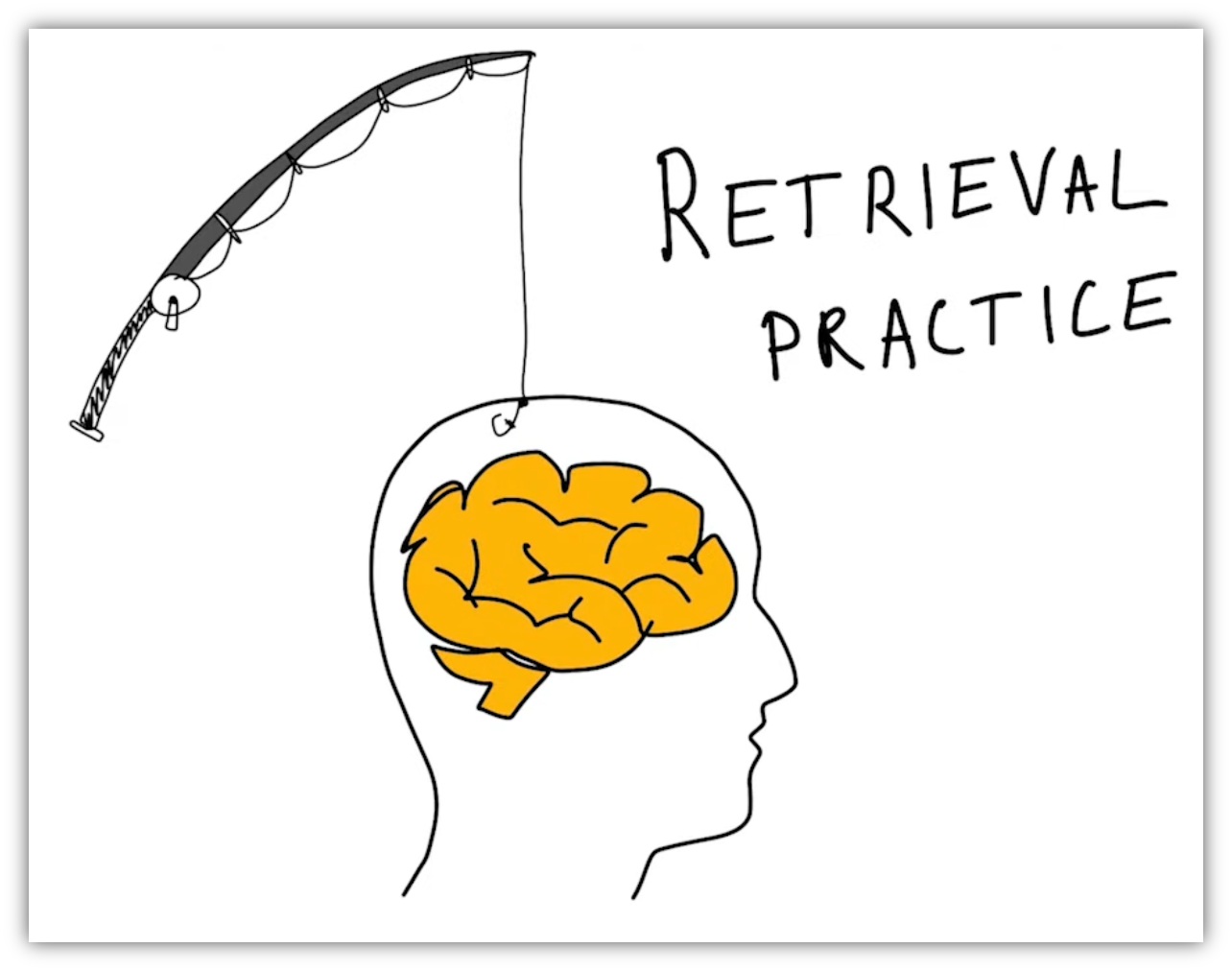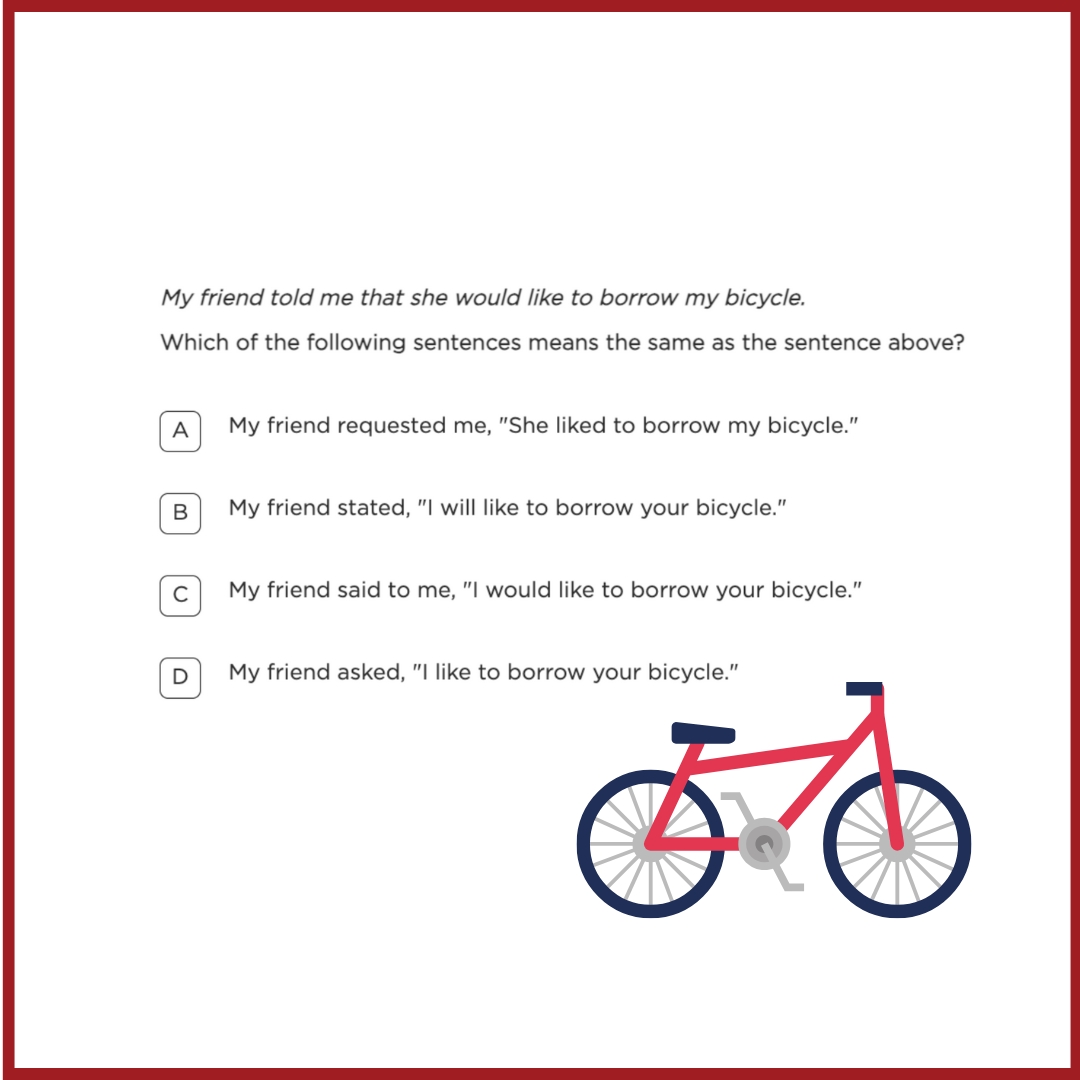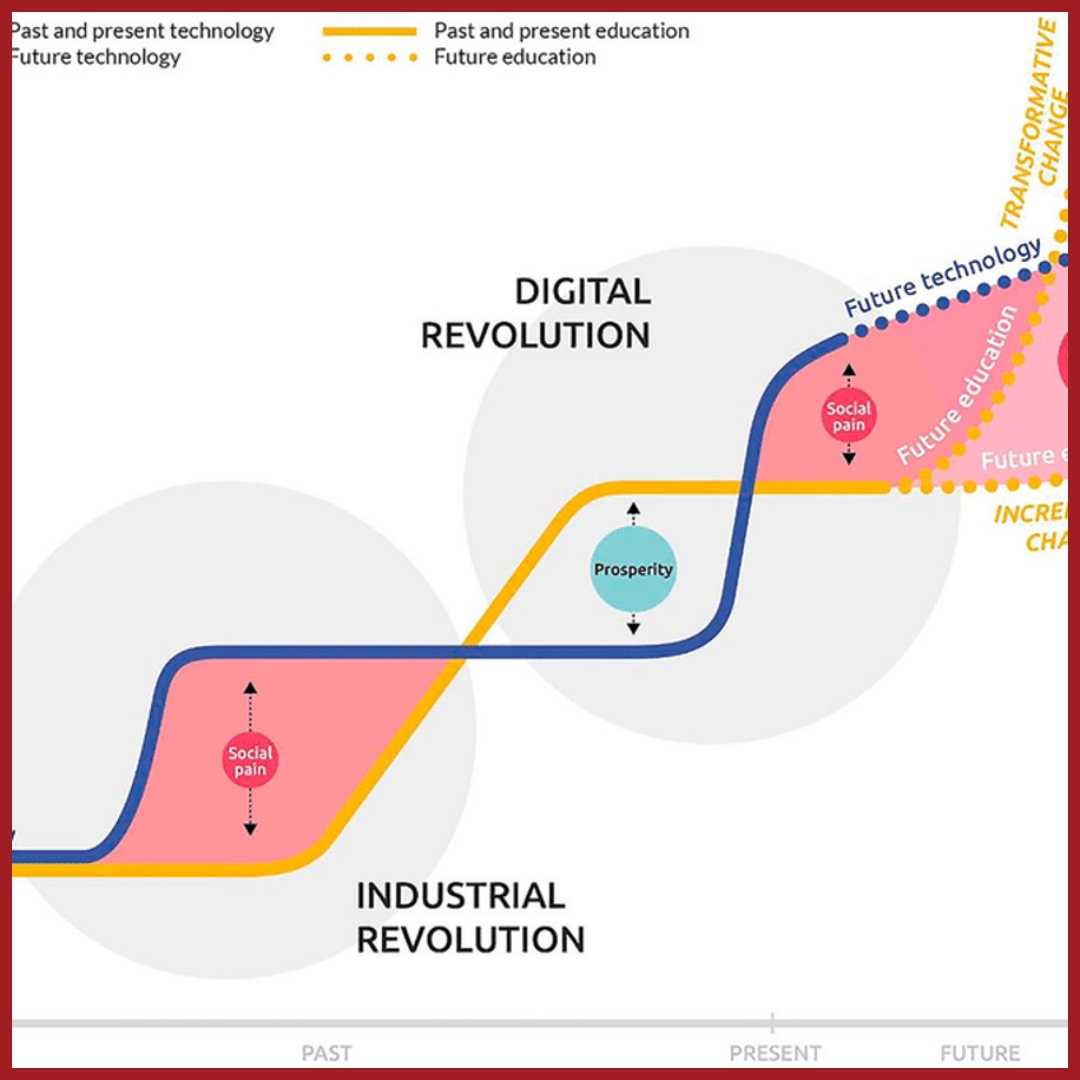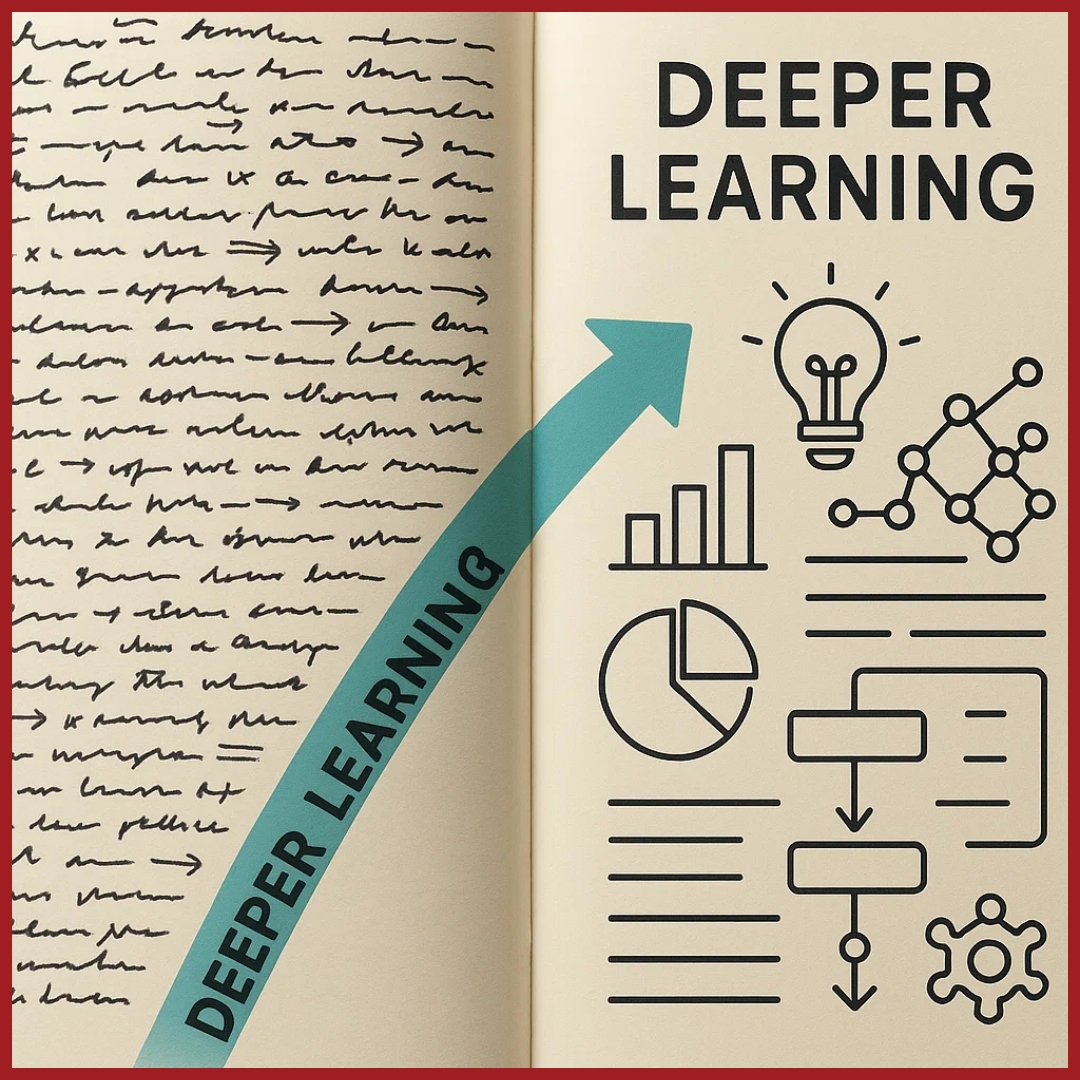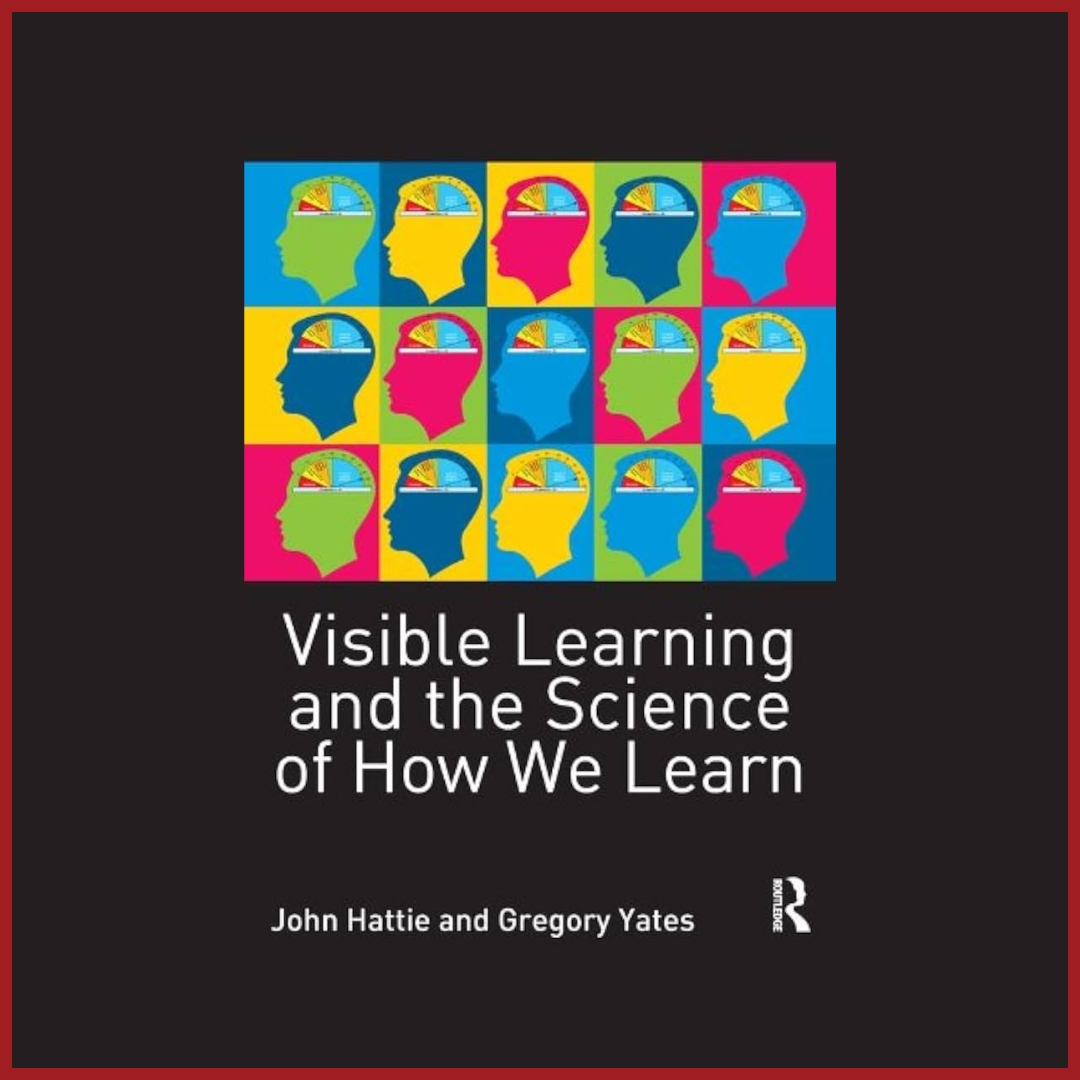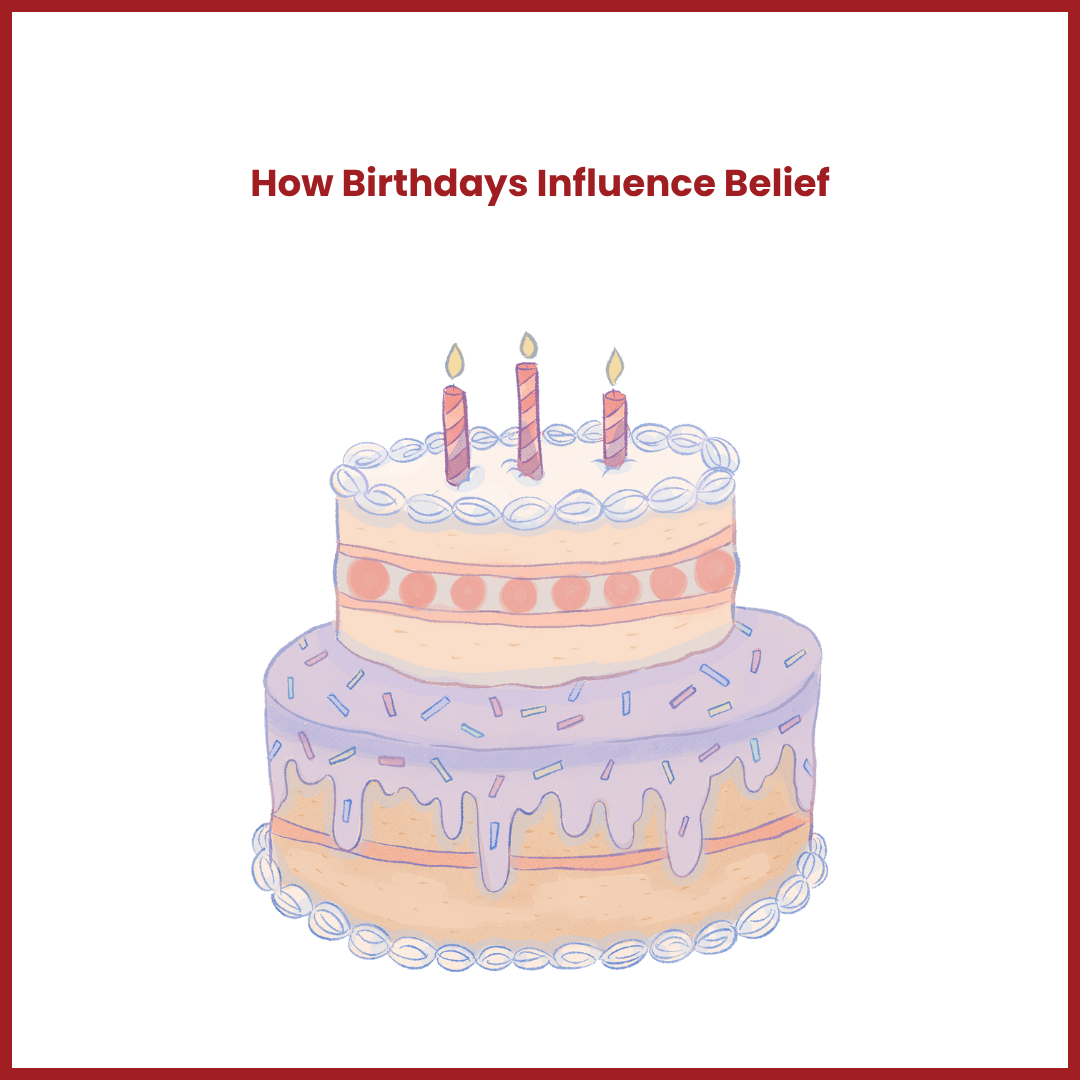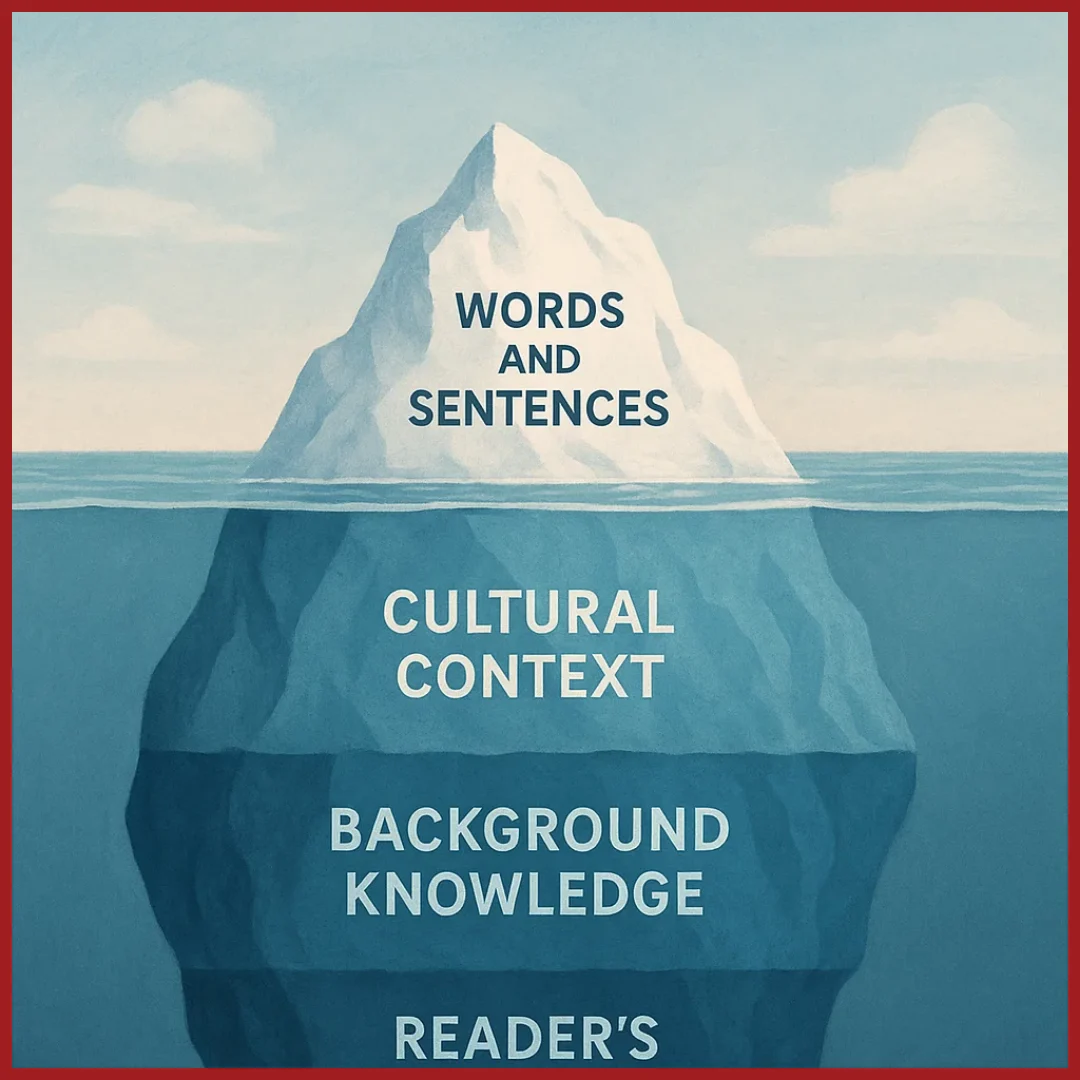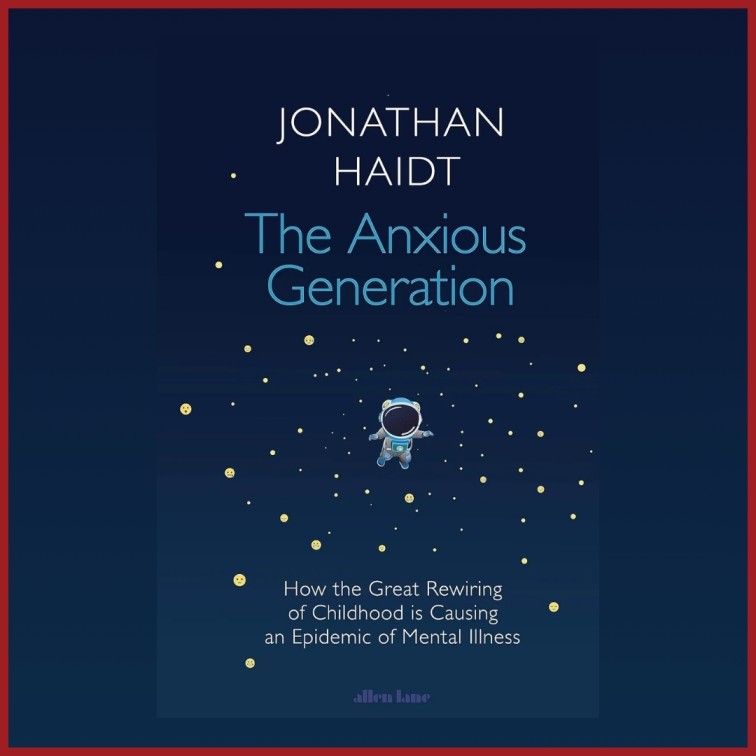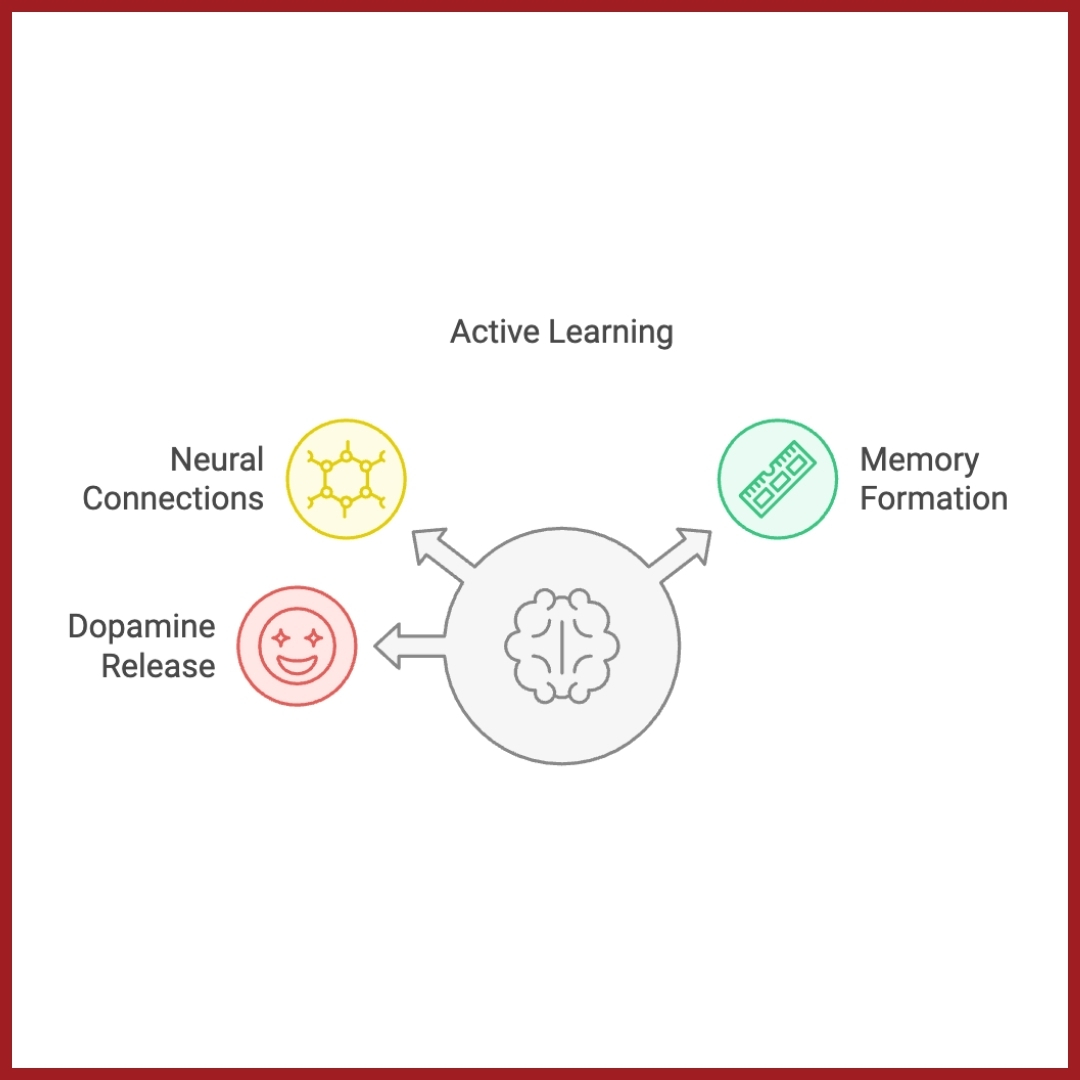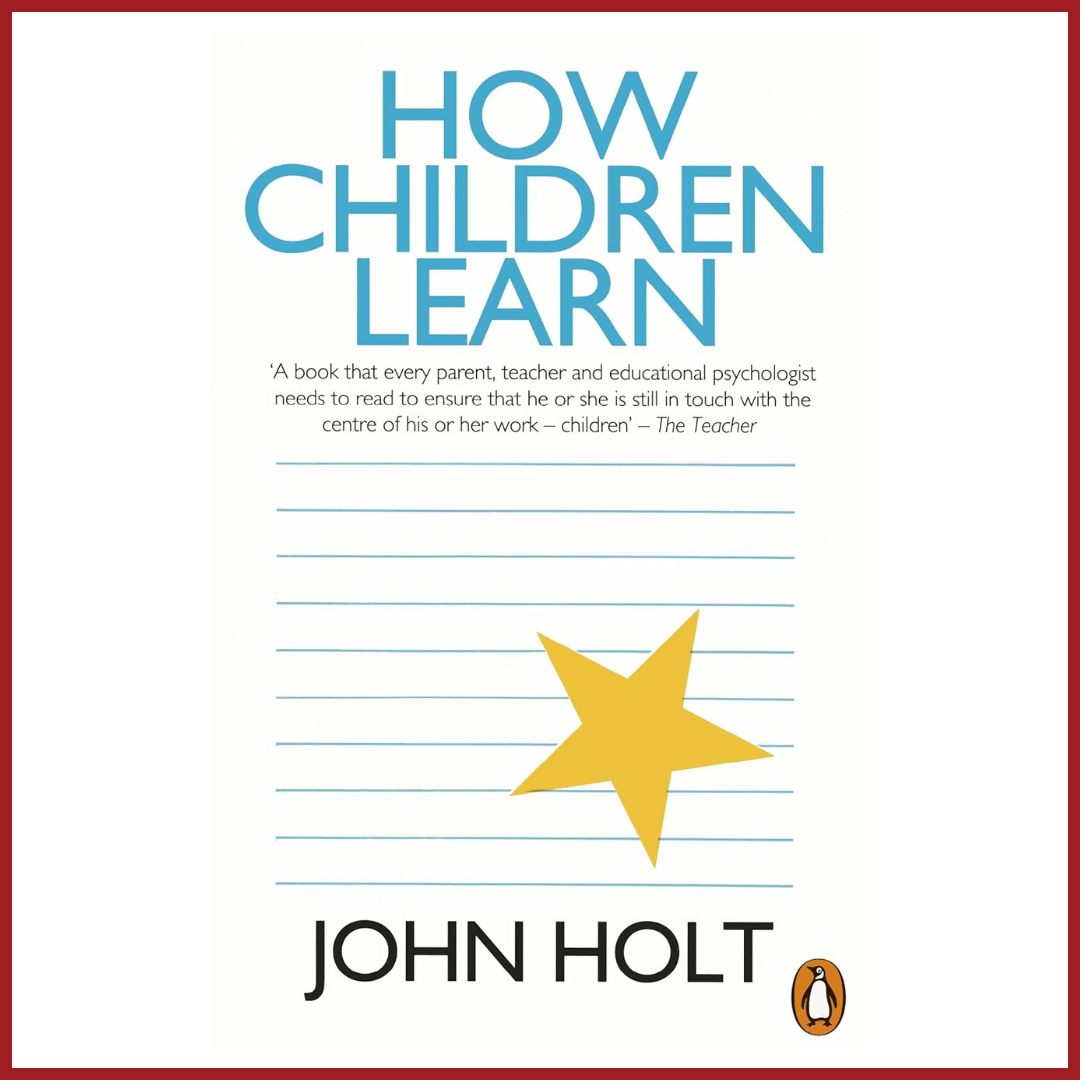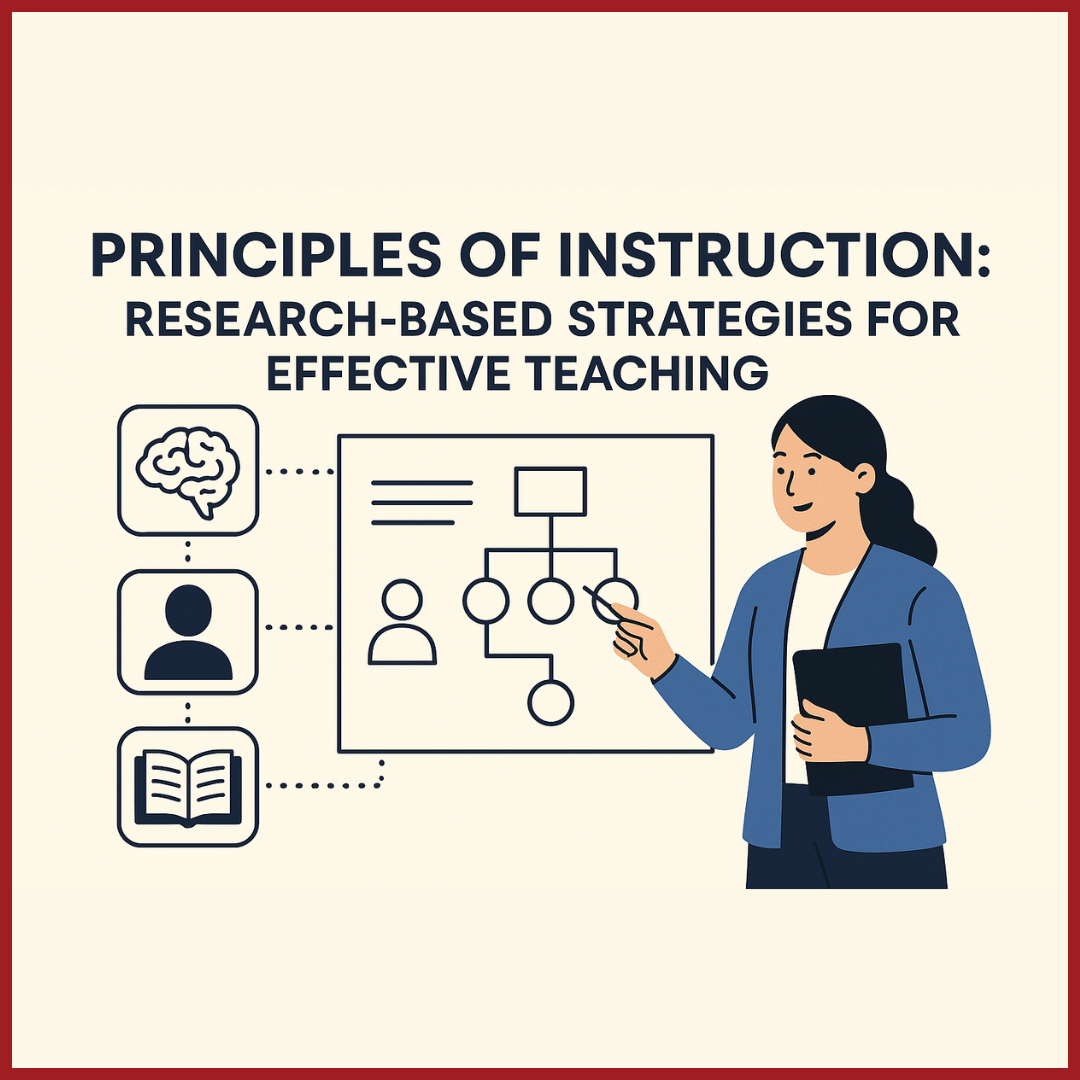Edition 04 | April 2025
Bookmarked
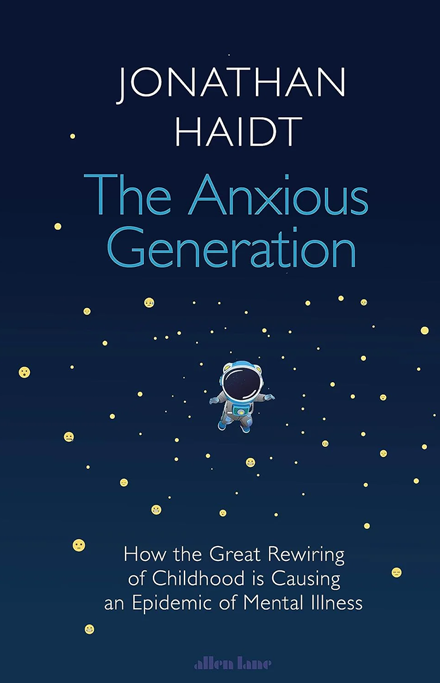
Overview:
In The Anxious Generation, social psychologist Jonathan Haidt traces the sharp rise in anxiety, depression and self-harm among today’s young people to what he calls the “Great Rewiring” (2010 13)—the moment smartphones and always-on social-media apps displaced play-based, face-to face childhood. Drawing on longitudinal data, cross-cultural studies and brain-development research, Haidt argues that two forces now dominate children’s lives:
- Phone-based childhood: identity and friendship mediated by likes, streaks and 24/7 comparison.
- Safety-obsessed adulthood: well-intentioned supervision that bans risk, dulls resilience and crowds out free play.
These twin trends, he shows, fragment attention, distort worldview, erode sleep and amplify social comparison—the four harm pathways that fuel the current mental-health crisis.
Why Teachers Will Find This Useful:
Classrooms are where the “rewired” generation and traditional schooling collide. Haidt links pupils’ fragile focus, avoidance of challenge and constant phone-checking to systemic changes outside school. His research helps teachers to:
- Spot phone-centred attention gaps and re-establish device-light routines.
- Design safe challenges that rebuild agency and perseverance after years of over-supervision.
- Frame pastoral conversations around the four harm pathways: sleep loss, social comparison, attention fragmentation, worldview distortion
Understanding these root causes lets teachers address anxiety not just with empathy, but with targeted classroom strategies.
Why We Recommend It:
Interesting and Actionable Takeaways:
- Less is More (Freedom): Build short, supervised outdoor tasks where children invent rules and manage risks themselves.
- Real Connections Matter: Plan at least one phone-free slot each lesson—e.g., a quick circle chat or pair-and-share problem—so children talk to people, not screens.
- Four Harm Pathways: Audit a typical school day: where do sleep, comparison, distraction or worldview distortion creep in?
- Rebuilding Resilience: Use low-stakes failure loops (quick quizzes, public drafts) with immediate, supportive feedback.




